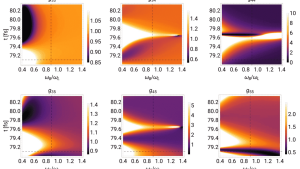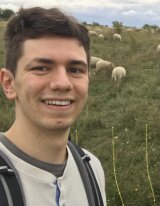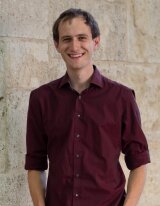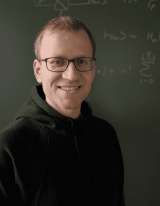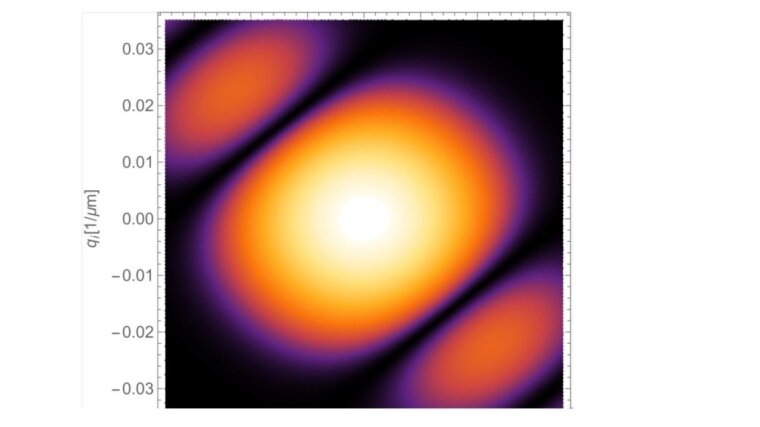
Schema Gaussian Boson Sampler
Image: René SondenheimerQuantum simulations
In the field of photonic quantum simulations, our group focuses specifically on Gaussian boson sampling. This method enables us to simulate complex quantum systems and investigate phenomena that cannot be analyzed efficiently with classical computers. It is based on the principle of quantum interference of photons. Our research aims to use Gaussian boson sampling to gain insights into quantum chemistry and complex optimization problems.
Quantum imaging
Quantum imaging based on “undetected photon schemes” is an innovative technique that can be used to generate images of photons that have not interacted with the object. This technique uses correlated photon pairs, in which only one of the two photons interacts with the object being examined. The other photon, which has not interacted with the object, is measured instead. Due to the correlation between the two photons, information about the object can be obtained from the measurements of the undetected photon. This makes it possible to obtain information about the object that would not be accessible with traditional imaging methods, such as the structure of light-sensitive materials or biological samples, without damaging them.
-
Donkersloot, Emil Kasper Frederik Institut für Festkörpertheorie und -optik
Room D201D
Helmholtzweg 5
07743 Jena -
Ellenberg, Hendrik Institut für Festkörpertheorie und -optik
Room D201D
Helmholtzweg 5
07743 Jena -
Sondenheimer, René, Dr Institut für Festkörpertheorie und -optik
Room 107
Helmholtzweg 5
07743 Jena
-
Zimmermann, Gil Otto PhD Student Experimental Quantum Information
IOF, Room 2B1.04
Albert-Einstein-Straße 7
07745 Jena
